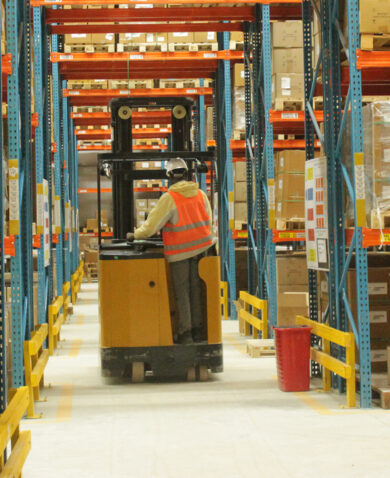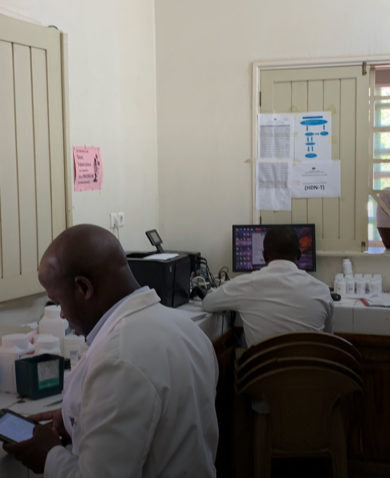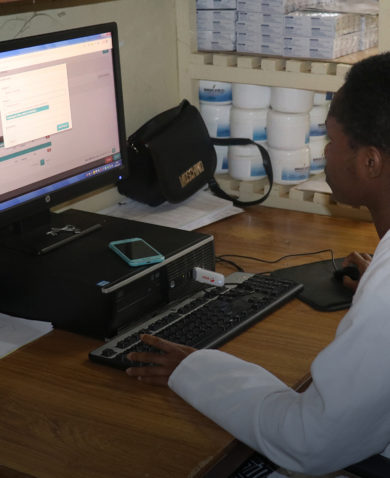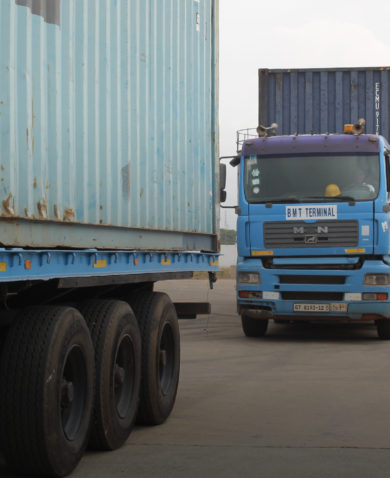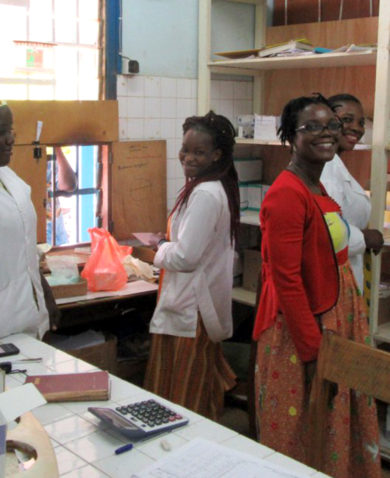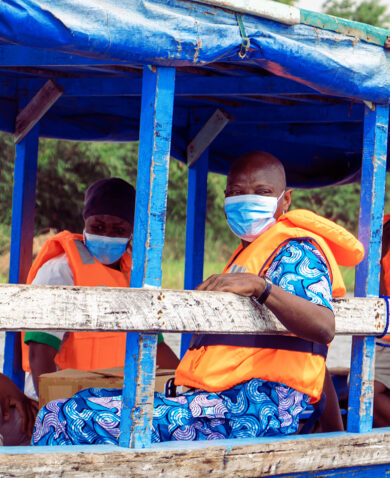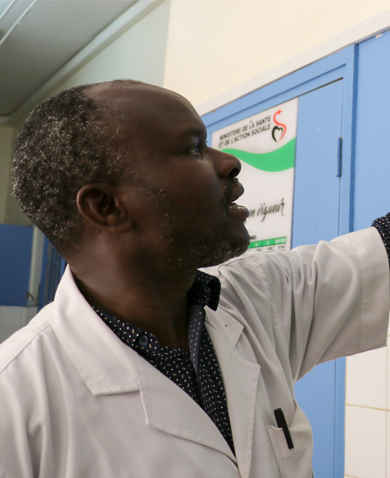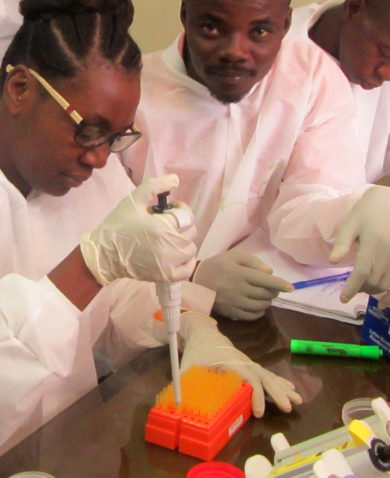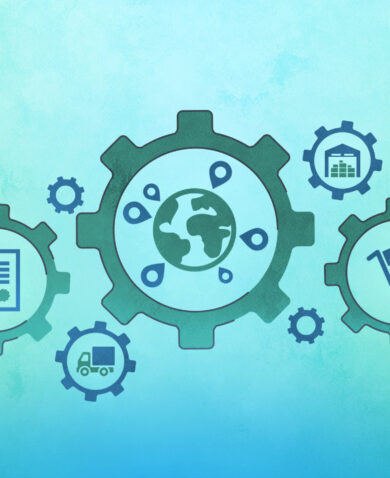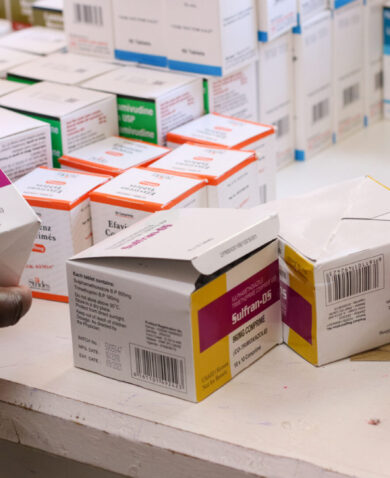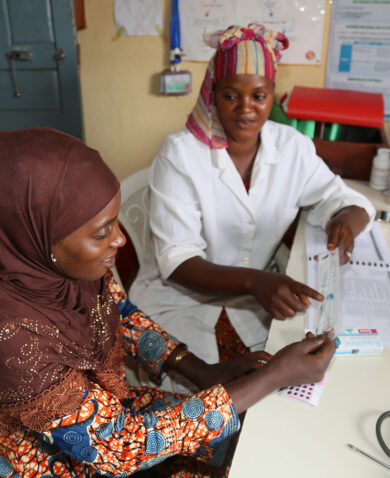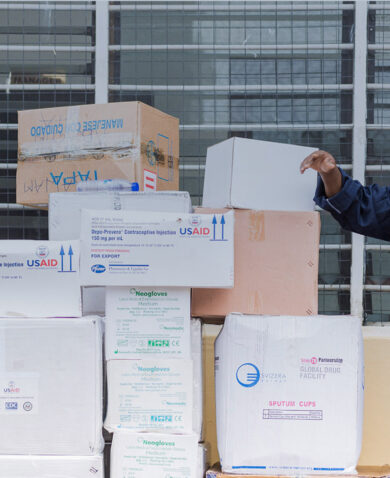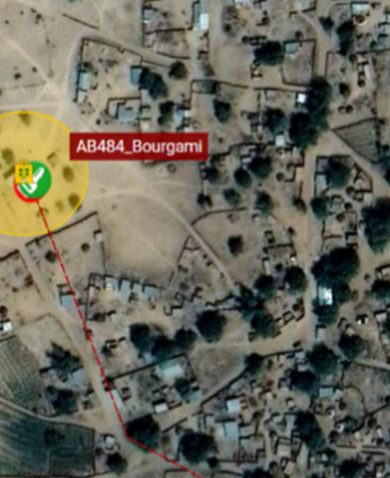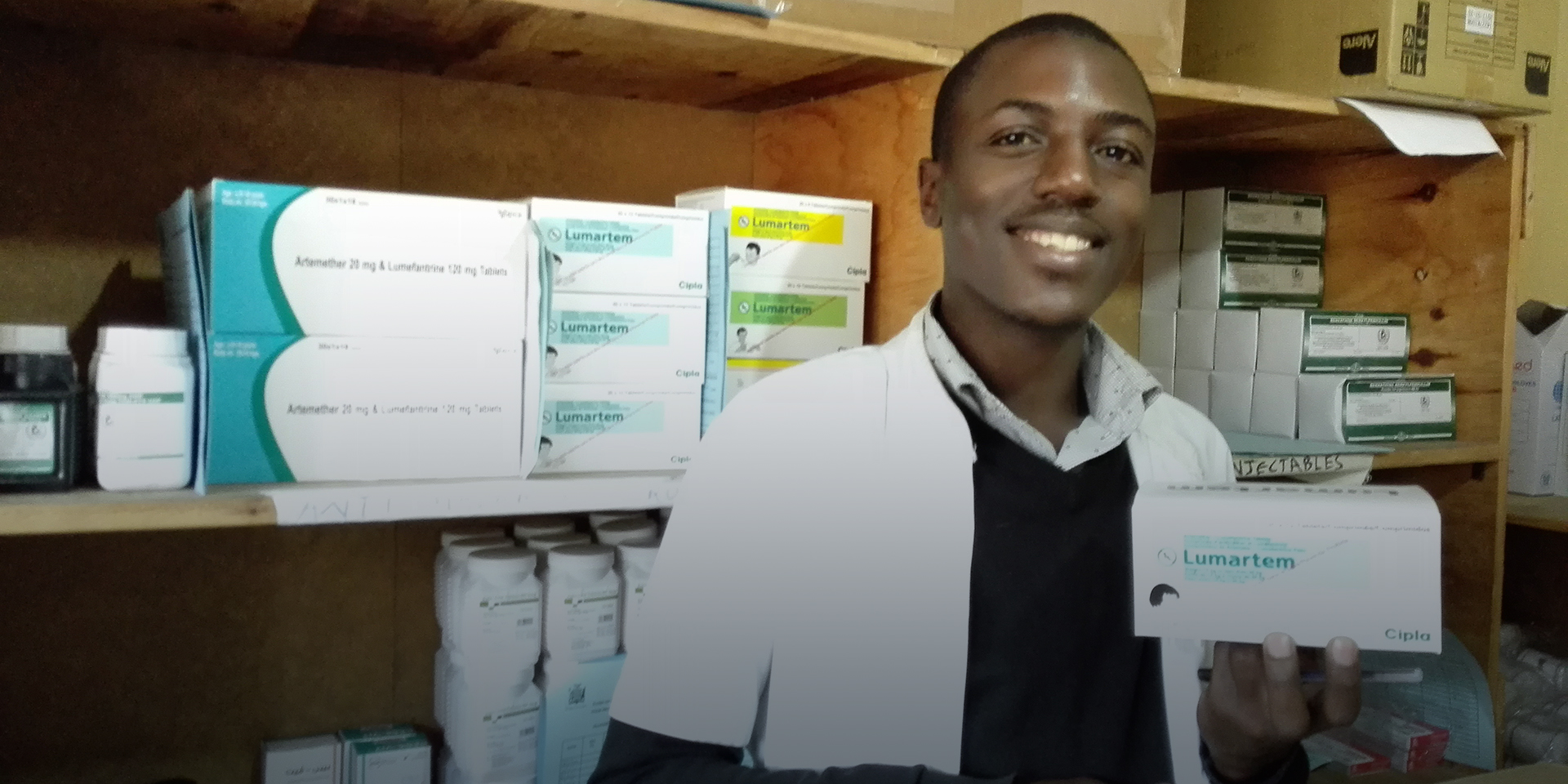
3 Ways Supply Chains Can Modernize to Confront Today’s Health Challenges in the Global South
July 20, 2017 | 4 Minute ReadNilima Mehta and Susan Bell share their takeaways from the 9th Annual Conference on Health and Humanitarian Logistics.
A successful supply chain doesn’t only rely on product availability or system management. Responding to the global health challenges of today and tomorrow will require going beyond the foundational building blocks of a supply chain to create a system that can work more quickly, effectively, and seamlessly.
Recently, supply chain practitioners from around the world came together at the 9th Annual Conference on Health & Humanitarian Logistics in Copenhagen, Denmark. As part of a commitment to learn from one another and identify ongoing and upcoming priorities, they worked to set the tone for future global health and emergency response supply chains. In order to create the most effective and efficient supply chains possible and be ready for future health emergencies, placing value on multi-sectoral collaboration, innovation, and sound data is crucial to total system effectiveness.
Collaborate with new and diverse partners and stakeholders
Public-private partnerships have long been an effective way to engage private sector experts in public sector improvements. Not only will it be important to continue and enhance existing relationships in this sphere, but crucial to bring in more diverse partners into the mix. Connecting local and international partners together is particularly key for building greater sustainability of development interventions, since the established expertise of international actors like UPS and DHS can be invaluable, while local organizations are best suited to implement the best practices they learn from international experts in their specific contexts.
One example of this collaboration is the Neglected Tropical Diseases (NTD) Supply Chain Forum, which is the largest public-private partnership in history and was created as part of the London Declaration of 2012. The forum is comprised of public donors, private donors, pharmaceutical companies, logistics partners, and NGOs. Through very thoughtful coordination, the supply chain is managed at every level and activity to ensure all mass drug campaigns are successful to the “last mile.” To date, the partnership provides more than 1 billion treatments annually to endemic areas.
Leverage existing and developing technology for continued innovation
The importance of applying existing technological solutions to supply chain management in the developing world is enormous. Simple technologies that are taken for granted in the US — such as GPS tracking and using mobile devices for data collection — are generally thought of as unusable in the low-resource and low-bandwidth environments of emerging economies. However, basic adaptations to that technology can make it instantly more useful. GPS tracking units that capture and store data on one truck to later be uploaded and collated with other truck data can be used to manage more efficient routing and distribution procedures. Tablets with synchronization settings capable of adjusting to the variability of internet access in remote warehouses or health facilities can improve the accuracy and timeliness of stock reporting. This allows for real-time (or as close to real-time as possible) updates to stock demand and availability to be visible across the supply chain and allows for more nimble responses than a paper stock system.
One example of adopting technology is that Mozambique’s Central Medical Stores (CMAM) has been switching to tablet-based stock-keeping with the help of the USAID Global Health Supply Chain Program-Procurement and Supply Management in-country. Not only has this modernization improved workflows as Mozambique begins to phase out the paper-based system, but all the staff who use the system daily are enthusiastic about the many positive changes this will bring to manage medicine stock more efficiently.
New innovations are also crucial to the advancement and improvement of existing systems. For instance, through the development of a small and portable birthing simulator, community health care workers in India are trained under realistic conditions to ensure that both mothers and babies survive during childbirth. In low-resource settings, innovative products such as this are key to avoiding complacency and ensuring that capacity-building continues.
Improve data visibility and sharing
Effective supply chain management now and in the future undeniably requires greater data visibility and data-driven decision making. Lack of data visibility and issues with data quality continue to plague health supply chains in developing countries. Many of the data visibility and quality problems stem from paper-based systems that are out of date and misaligned with needs and ill-adapted to modern stock-keeping practices at warehouse and health facility levels. Moving past the basics of better data visibility and quality, the interoperability of data systems for improved decision-making can make a huge difference in supply chain management performance. For instance, when logistics management information systems (LMIS) and health management information systems (HMIS) are cross-compatible or interoperable, the data available in the HMIS on what patients need and where they need it most can significantly enhance the supply chain’s ability to get the right medicines to the right place at the right time.
Putting data visibility into practice, the NTD partnership has developed the NTDeliver Information System to manage all aspects of the NTD supply chain for five targeted diseases. In Kenya, a school-based system relies on teachers administering these drugs directly to the students. To ensure data is accurately reported, teachers send an SMS directly to NTDeliver and report the batch number and number of tablets received and administered. This system also ensures that drug quality and theft issues are closely and consistently monitored.
If the above ideas and principles are actively applied and improved upon, there is no doubt that long-term development goals in global health and disaster preparedness supply chains can be steadily achieved.

